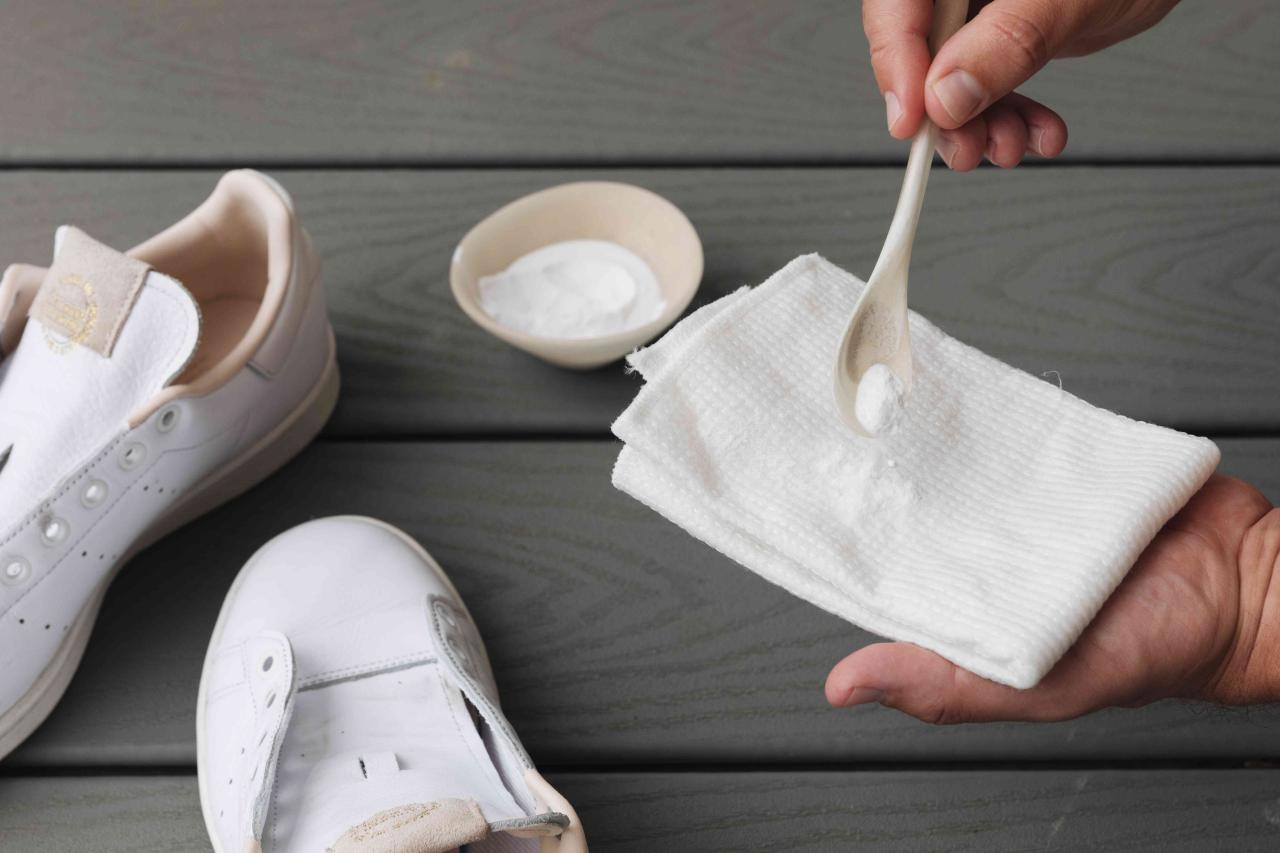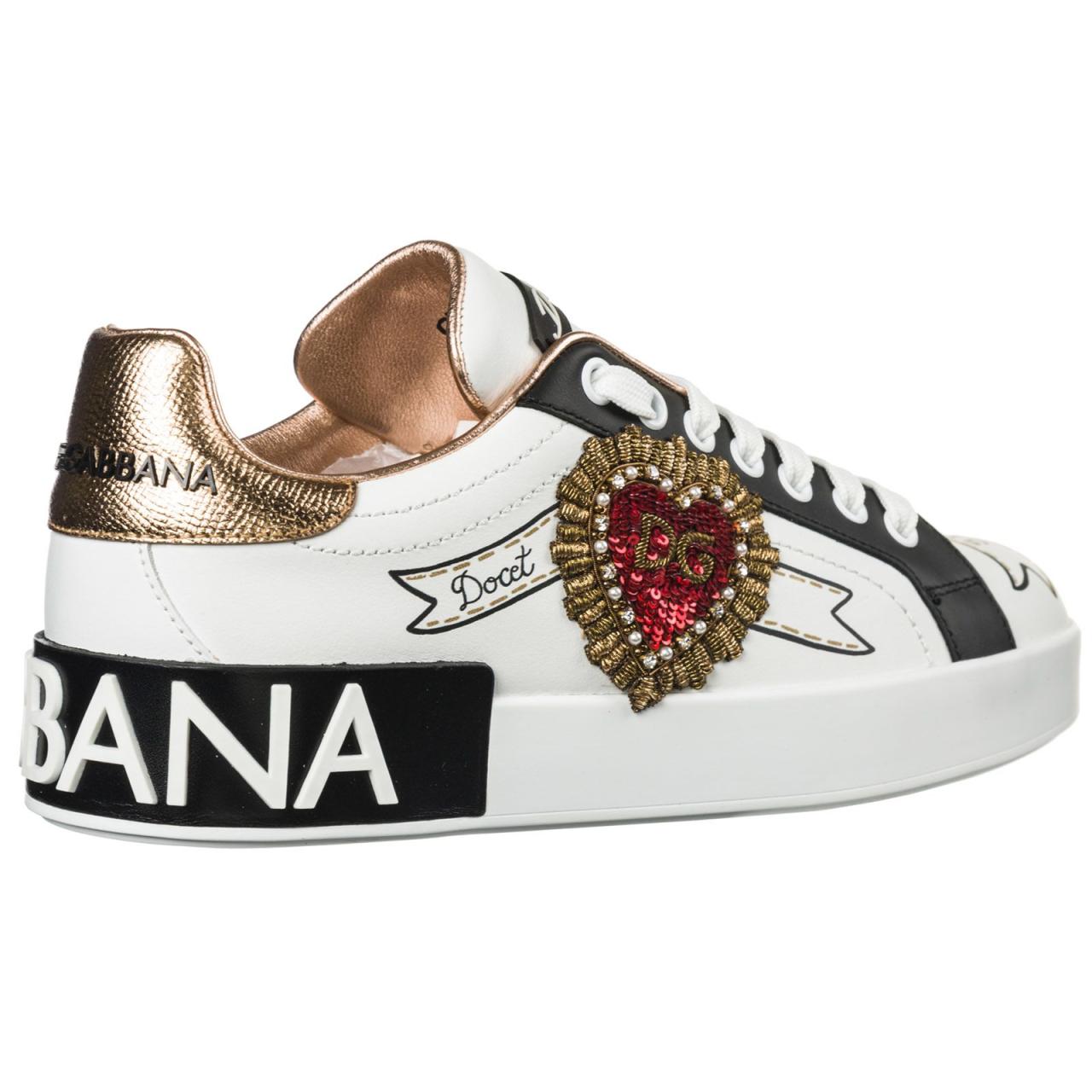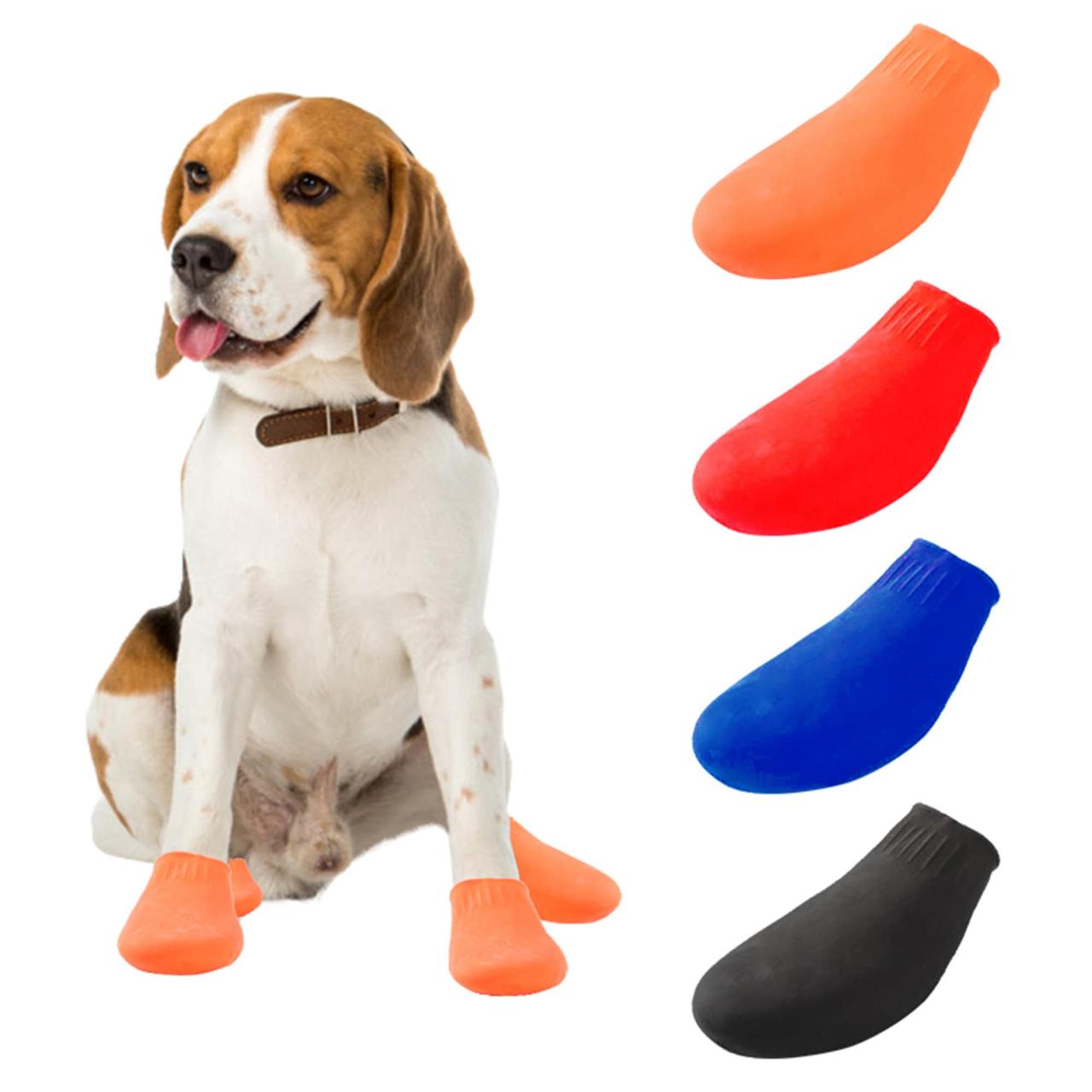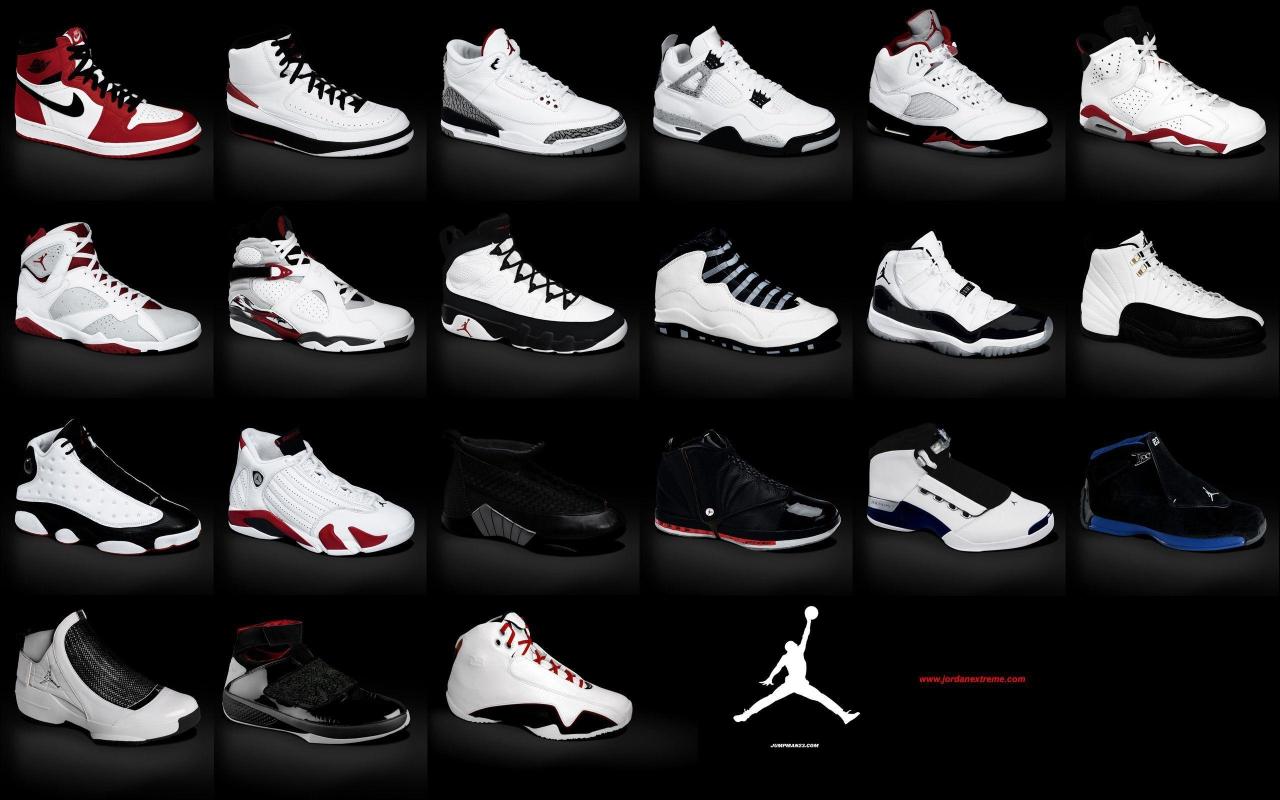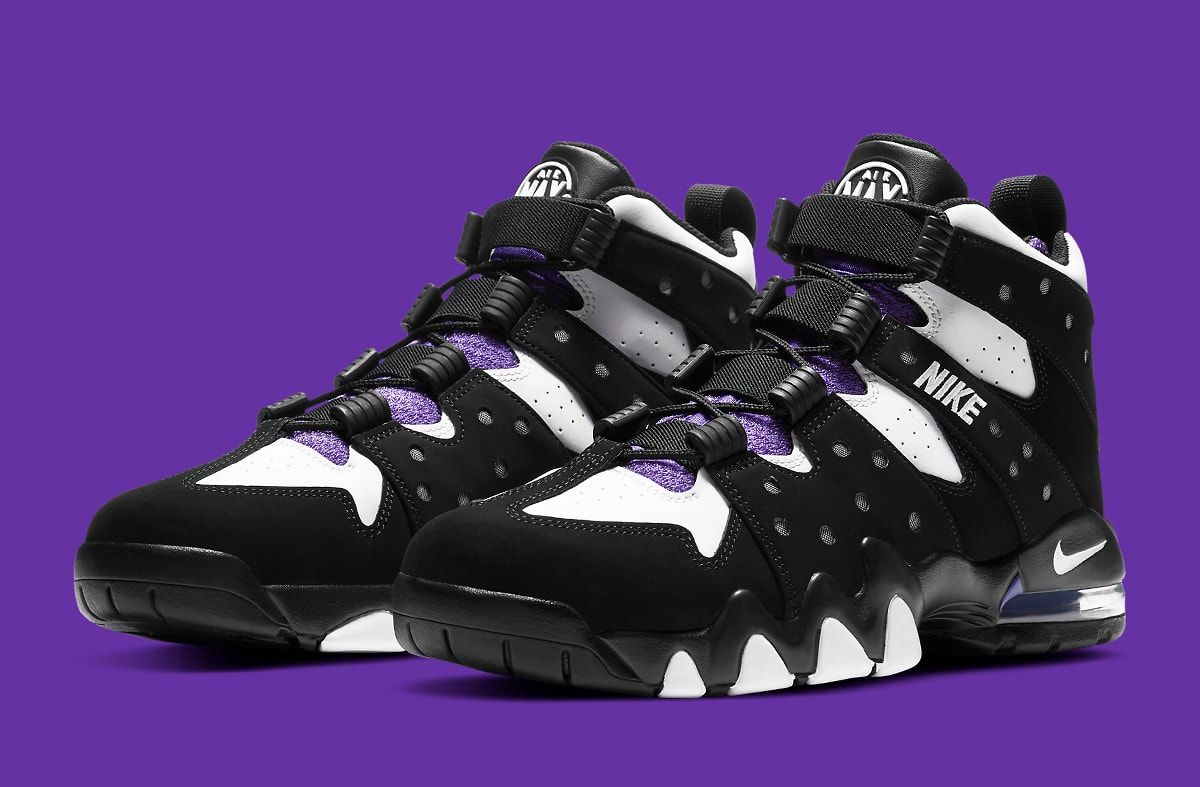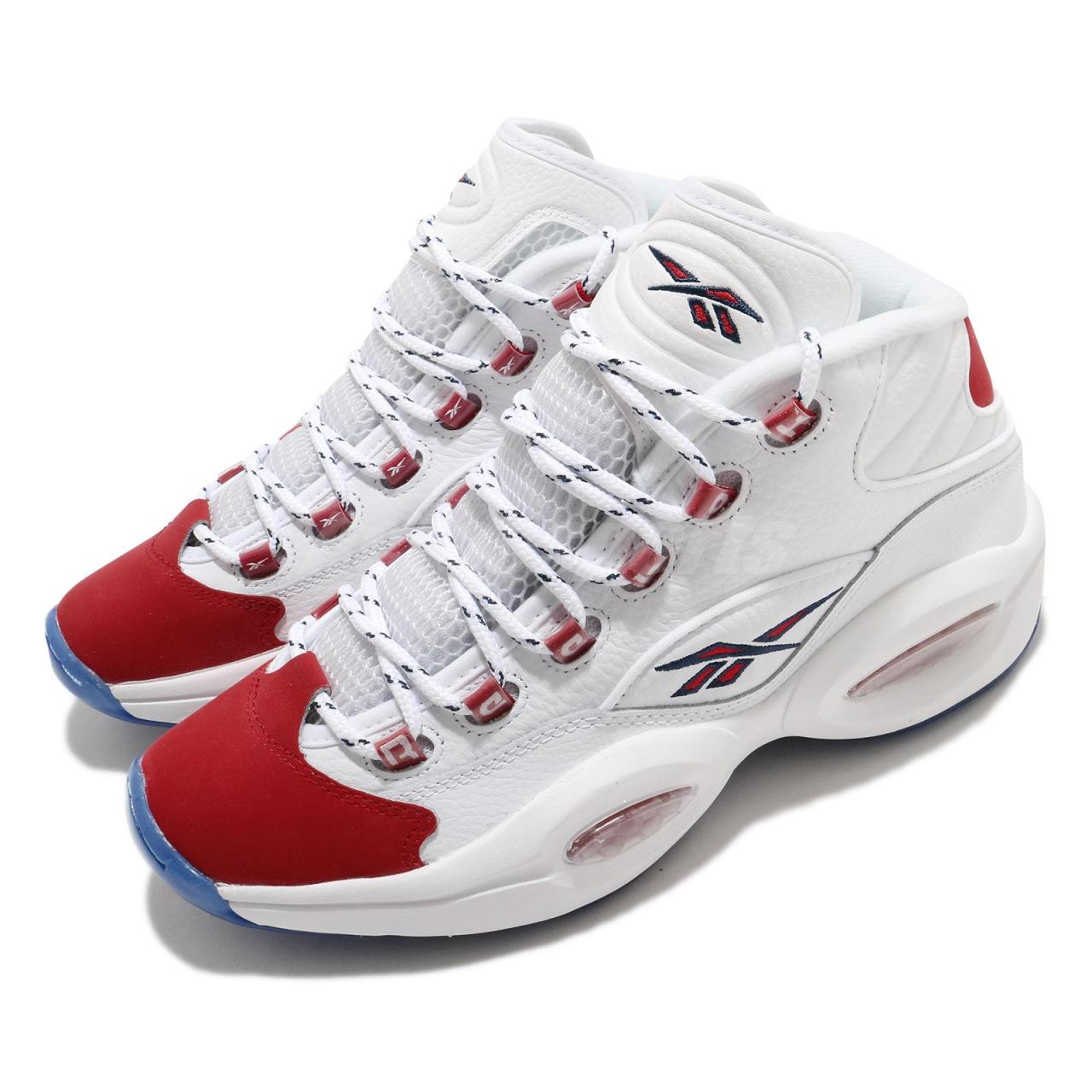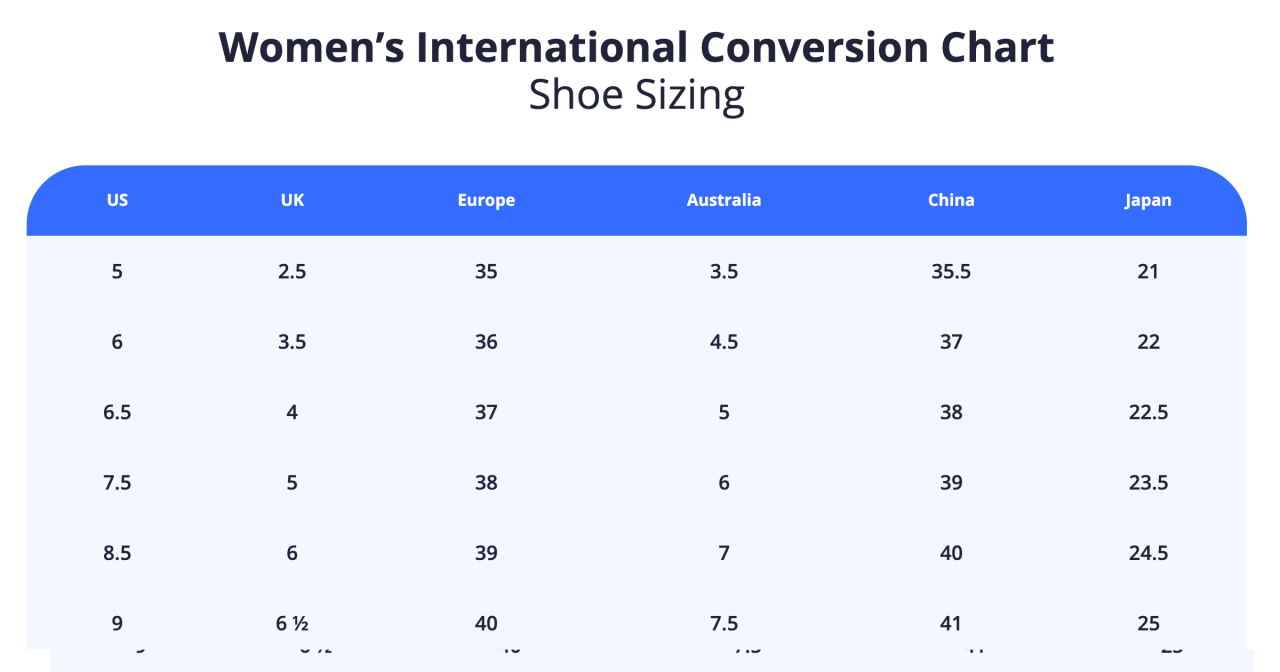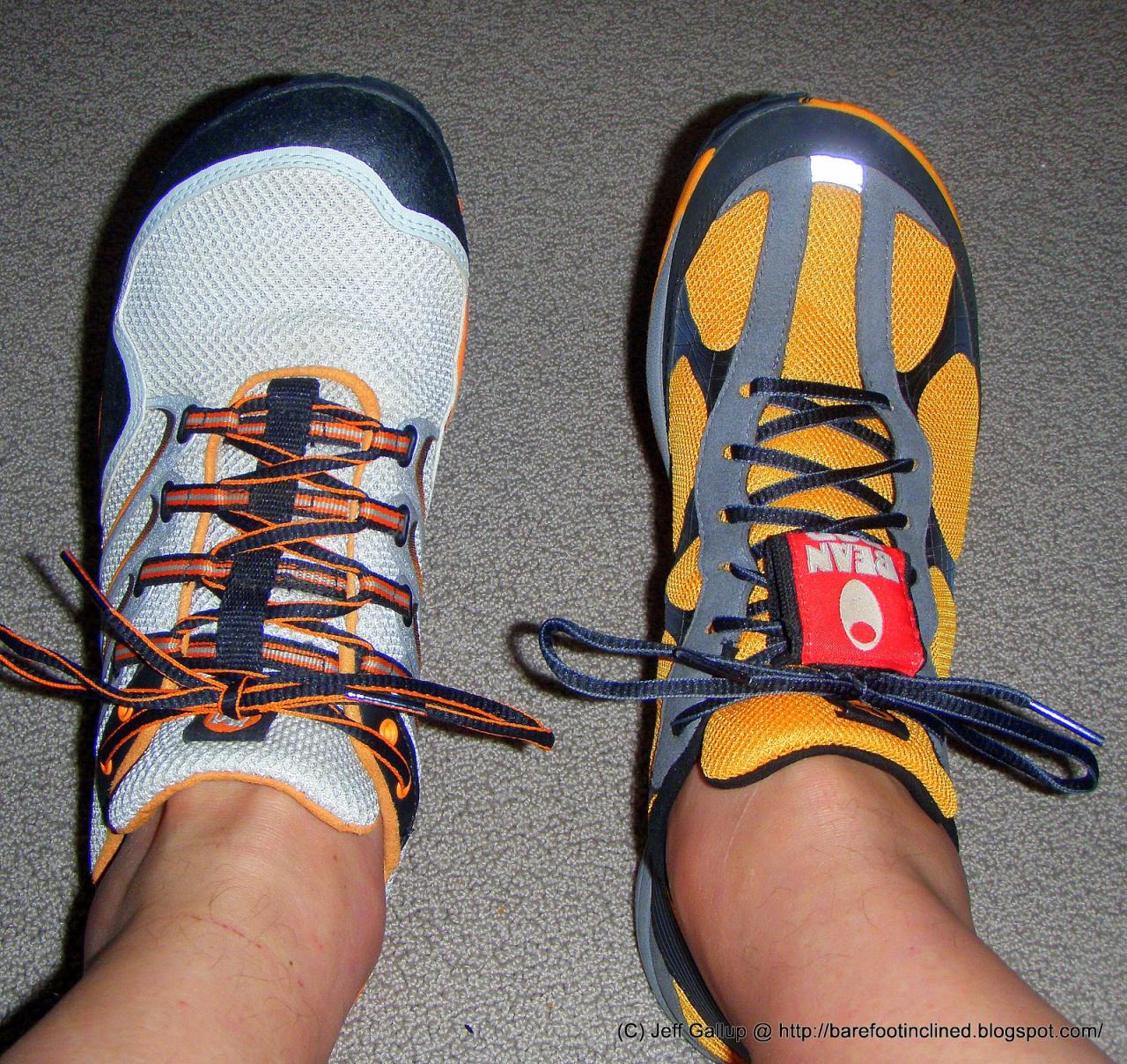The horse shoe, a simple yet enduring symbol, has played a vital role in human history and culture for centuries. From its humble beginnings as a practical tool for protecting horse hooves to its widespread adoption as a good luck charm, the horse shoe has left an indelible mark on our world.
Its story is one of innovation, adaptation, and enduring symbolism, reflecting the close relationship between humans and horses throughout the ages.
This journey takes us through the evolution of the horse shoe, exploring its origins, materials, construction, and various types. We’ll delve into the fascinating world of horseshoeing practices, examining the skill and artistry involved in fitting and applying these vital tools.
And finally, we’ll uncover the rich cultural significance of the horse shoe, its presence in art, literature, and folklore, and its enduring power as a symbol of good fortune.
History of the Horseshoe
The horseshoe, a simple yet ingenious invention, has played a vital role in the history of horse transportation and has evolved significantly over time. Its origins can be traced back to ancient civilizations, where early forms of hoof protection were used to enhance the performance and longevity of horses.
Early Origins and Uses
The earliest evidence of horseshoe-like devices dates back to the 1st century AD in ancient Rome. These early horseshoes were often made of leather or metal strips and were primarily used to protect the hooves of war horses and working animals.
They were typically nailed to the hooves, providing a basic form of protection from wear and tear.
Evolution of Horseshoe Designs
Over the centuries, horseshoe designs underwent significant evolution, driven by advancements in materials, technology, and the increasing demands of horse riding and transportation. Medieval horseshoes, for instance, were typically made of iron and featured a simple, U-shaped design. These shoes were often decorated with intricate patterns or inscriptions, reflecting the craftsmanship of the time.
Ancient and Medieval Horseshoes
Ancient and medieval horseshoes provide valuable insights into the evolution of this essential piece of equestrian equipment. Examples of these early horseshoes can be found in museums and archaeological sites, showcasing the ingenuity and craftsmanship of early blacksmiths. These artifacts often exhibit variations in design, materials, and construction techniques, reflecting the diverse cultural and geographical contexts in which they were used.
- Roman Horseshoes:These early horseshoes were often made of leather or metal strips and were nailed to the hooves for basic protection. They played a crucial role in military campaigns and transportation.
- Medieval Horseshoes:Medieval horseshoes, typically made of iron, featured a simple U-shaped design. These shoes were often decorated with intricate patterns or inscriptions, reflecting the craftsmanship of the time.
Horseshoe Materials and Construction
The materials and construction techniques used to create horseshoes have evolved over time, reflecting advancements in metallurgy and blacksmithing practices. From traditional iron to modern alloys, the choice of material plays a crucial role in determining the durability, performance, and longevity of the horseshoe.
Ever wondered how men’s shoe sizes compare to women’s? It can be confusing! Thankfully, there are resources like mens to womens shoe size that can help you convert between the two. Just remember that size conversions aren’t always exact, so it’s always a good idea to check the specific brand’s sizing chart for the most accurate information.
Materials Used for Horseshoes, Horse shoe
Horseshoes are typically made from durable materials that can withstand the rigors of wear and tear. The most common materials used include:
- Iron:Iron has long been the primary material for horseshoes due to its strength, durability, and relatively low cost. Traditional blacksmiths often use iron to forge horseshoes, relying on time-tested techniques.
- Steel:Steel, a stronger and more durable alloy than iron, is increasingly used for horseshoes, especially in modern applications. Steel horseshoes offer enhanced wear resistance and can be designed for specific purposes, such as racing or therapeutic applications.
- Aluminum:Aluminum, a lightweight and corrosion-resistant metal, is sometimes used for horseshoes, particularly in racing applications. Aluminum horseshoes can reduce weight and improve the horse’s performance.
- Other Materials:Other materials, such as titanium and composites, are also used for horseshoes in specialized applications, such as racing or therapeutic treatments. These materials offer unique properties, such as enhanced durability, lightness, or flexibility.
Forging and Shaping a Horseshoe
The process of forging and shaping a horseshoe involves a series of steps that require skilled craftsmanship. Traditional blacksmithing techniques rely on the use of a forge, hammer, and anvil to heat, shape, and finish the horseshoe. Modern methods may incorporate automated machinery for increased efficiency and precision.
Traditional Blacksmithing vs. Modern Methods
Traditional blacksmithing techniques have been practiced for centuries, relying on the skill and experience of the blacksmith. Modern methods, however, have introduced automated machinery and advanced technologies, enhancing efficiency and precision in horseshoe production. While traditional methods emphasize craftsmanship and customization, modern methods offer faster production times and standardized designs.
Types of Horseshoes
Horseshoes are designed and crafted to meet the specific needs of different horse breeds, disciplines, and terrain. The type of horseshoe used can significantly impact the horse’s performance, comfort, and hoof health. From basic U-shaped shoes to specialized racing plates, the variety of horseshoe designs reflects the diversity of equestrian activities.
Horseshoe Types for Different Purposes
The different types of horseshoes are categorized based on their intended use and the specific needs of the horse. Some common types of horseshoes include:
- Standard Horseshoes:These are basic U-shaped shoes designed for general riding and everyday use. They provide basic hoof protection and are often used for horses of all breeds and disciplines.
- Racing Plates:Racing plates are lightweight and streamlined horseshoes designed to enhance the horse’s speed and performance. They are often made from aluminum or other lightweight materials and feature specific designs to minimize drag and improve traction.
- Therapeutic Horseshoes:Therapeutic horseshoes are designed to address specific hoof problems or injuries. They may feature special features, such as pads, wedges, or other modifications, to provide support, cushioning, or corrective forces.
Shoe Design Based on Breed, Discipline, and Terrain
The design of a horseshoe can vary depending on the horse’s breed, discipline, and the terrain it will be ridden on. For example, horses that compete in endurance riding may require shoes with increased traction and durability, while horses that compete in dressage may need shoes that provide a more refined gait and reduced shock absorption.
Specialized Horseshoes
Specialized horseshoes are designed for specific purposes and often incorporate innovative technologies to enhance performance or address particular hoof problems. Examples of specialized horseshoes include:
- Egg-Bar Shoes:These shoes feature a raised bar in the center, providing additional support for the horse’s heel and promoting a more balanced gait.
- Heart-Bar Shoes:These shoes feature a heart-shaped bar in the center, designed to provide additional support for the horse’s heel and help to reduce stress on the hoof.
- Bar Shoes:These shoes feature a bar running across the shoe, providing additional support for the horse’s heel and promoting a more balanced gait.
Horseshoeing Practices
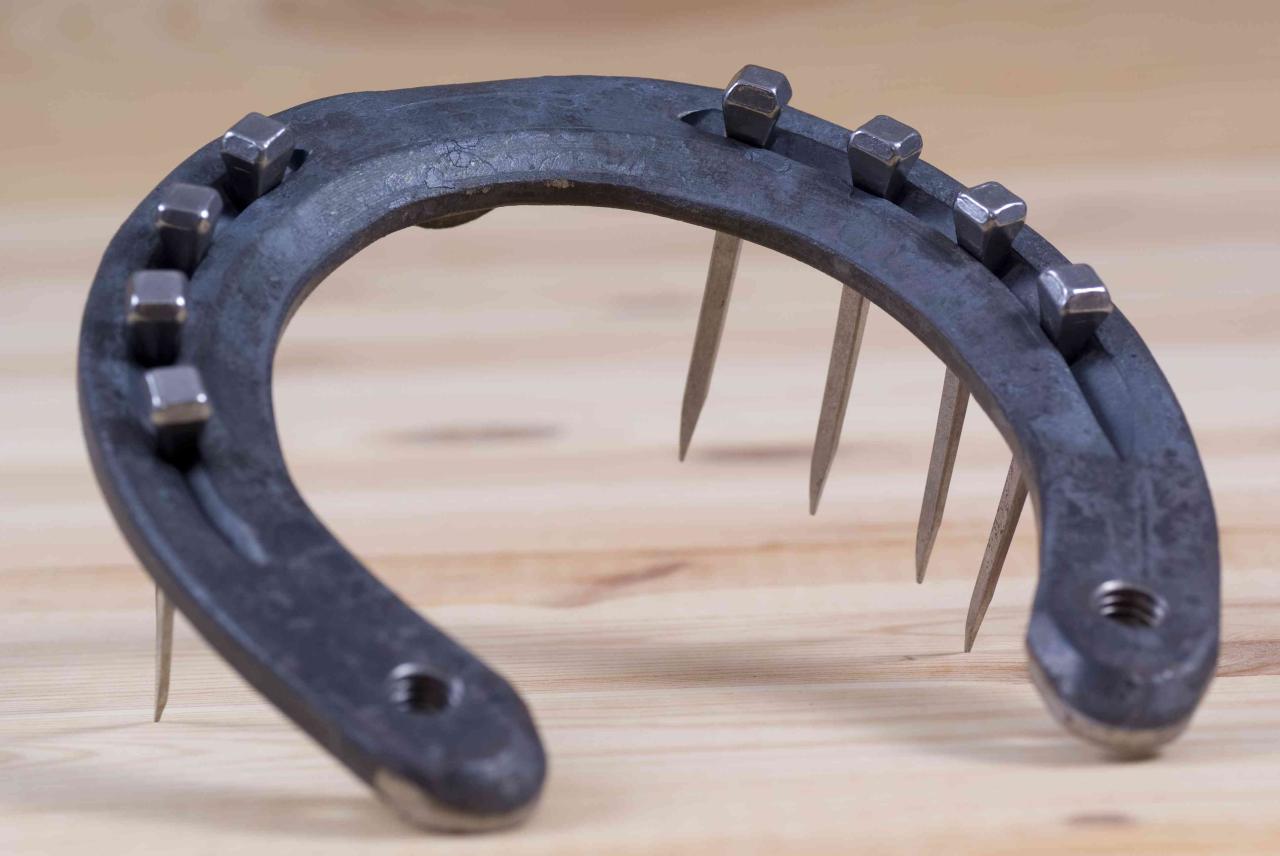
Horseshoeing is a vital aspect of horse care, involving the proper fitting, application, and maintenance of horseshoes. Proper horseshoeing practices ensure the horse’s hoof health, comfort, and performance. The role of the farrier, a skilled professional specializing in horseshoeing, is crucial in maintaining the horse’s hoof health.
Importance of Proper Horseshoe Fitting
Proper horseshoe fitting is essential for the horse’s well-being. A well-fitted horseshoe should provide adequate protection without causing any discomfort or pressure on the hoof. Improper fitting can lead to various hoof problems, including lameness, abscesses, and hoof wall damage.
Steps Involved in Shoeing a Horse
The process of shoeing a horse involves a series of steps, including:
- Trimming:The farrier trims the horse’s hooves to the correct length and shape, ensuring proper balance and hoof health.
- Fitting:The farrier selects the appropriate horseshoe size and shape for the horse’s hoof. The shoe is then fitted to the hoof, ensuring a snug and comfortable fit.
- Nail Placement:The farrier carefully places nails to secure the horseshoe to the hoof. The nails are driven through the hoof wall and into the shoe, ensuring a secure fit.
- Finishing:The farrier finishes the shoeing process by removing any excess nails and smoothing the edges of the shoe to prevent discomfort.
Role of a Farrier in Maintaining Horse Hoof Health
The farrier plays a crucial role in maintaining the horse’s hoof health. They are trained professionals who specialize in horseshoeing and have a deep understanding of hoof anatomy and biomechanics. The farrier’s expertise ensures that the horse’s hooves are properly trimmed, shod, and maintained, promoting optimal hoof health and performance.
Cultural Significance of Horseshoes: Horse Shoe
The horseshoe has transcended its practical function as hoof protection and has become a powerful symbol across cultures. It represents good luck, prosperity, and protection, and its cultural significance is deeply rooted in history and folklore.
Symbolic Meaning of Horseshoes
The horseshoe’s symbolic meaning often stems from its association with horses, which are revered for their strength, power, and speed. In many cultures, horses are considered symbols of good fortune and prosperity. The horseshoe, as a protective device for the horse’s hooves, has come to represent these qualities as well.
Horseshoe Charms and Good Luck
Horseshoe charms are widely believed to bring good luck and ward off evil spirits. The tradition of using horseshoes as good luck charms is thought to have originated in ancient times, where horses were seen as powerful and sacred animals.
The horseshoe’s U-shape is often interpreted as a symbol of good luck, as it resembles a bowl that catches and holds good fortune.
Cultural Significance of Horseshoes
The cultural significance of horseshoes varies across different countries and regions. Here is a table outlining some of the key beliefs and traditions associated with horseshoes in various cultures:
| Country | Cultural Significance | Traditions |
|---|---|---|
| Ireland | Good luck, protection from evil spirits | Horseshoes are often hung above doorways for protection. |
| England | Good luck, prosperity | Horseshoes are often used as decorative elements in homes and gardens. |
| United States | Good luck, prosperity | Horseshoes are often used as good luck charms and are often displayed in homes and businesses. |
Modern Uses of Horseshoes
The horseshoe continues to play a vital role in modern equestrian sports and activities. Advances in materials, technology, and design have led to the development of innovative horseshoes that meet the specific demands of different disciplines and performance levels.
Horseshoes in Modern Equestrian Sports
Horseshoes are essential for horses competing in various equestrian disciplines, including racing, show jumping, dressage, and endurance riding. They provide hoof protection, enhance traction, and improve performance.
Evolution of Horseshoes for Different Disciplines
Horseshoes have evolved to meet the specific needs of different equestrian disciplines. Racing horses, for instance, require lightweight shoes that minimize drag and maximize speed. Show jumping horses, on the other hand, may require shoes that provide enhanced traction and stability for jumping obstacles.
Innovative Horseshoe Designs and Technologies
Modern horseshoe designs and technologies have incorporated innovative materials and features to enhance performance and address specific hoof problems. Examples of innovative horseshoe designs include:
- Lightweight Racing Plates:These plates are made from lightweight materials, such as aluminum or titanium, to reduce weight and enhance speed.
- Therapeutic Shoes:These shoes are designed to address specific hoof problems, such as lameness, abscesses, and hoof wall damage.
- Modular Horseshoe Systems:These systems allow farriers to customize horseshoes by combining different components, such as shoes, pads, and wedges, to create a shoe that meets the specific needs of the horse.
Horseshoe in Art and Literature
The horseshoe has been a recurring motif in art, literature, and folklore, reflecting its symbolic significance and aesthetic appeal. From ancient cave paintings to modern sculptures, the horseshoe has been depicted in various forms, showcasing its enduring presence in human culture.
Horseshoes Depicted in Art, Literature, and Folklore
The horseshoe’s symbolic meaning and aesthetic appeal have inspired artists and writers for centuries. It has been depicted in paintings, sculptures, jewelry, and other forms of art, often symbolizing good luck, protection, and prosperity. In literature, the horseshoe often appears as a symbol of good fortune or as a plot device, highlighting its cultural significance.
Symbolic and Aesthetic Significance
The horseshoe’s symbolic and aesthetic significance has contributed to its enduring presence in art and literature. Its simple yet elegant shape, often adorned with intricate patterns or inscriptions, has captivated artists and writers, inspiring them to incorporate it into their creative works.
Ever wondered how men’s shoe sizes compare to women’s? It’s actually a bit tricky since they use different sizing systems. You can find a handy conversion chart here that will help you figure out the equivalent size for your partner or friend.
The horseshoe’s symbolic meaning, rooted in its association with horses and good fortune, adds depth and meaning to these artistic expressions.
Timeline of the Horseshoe in Art and Literature
The horseshoe’s presence in art and literature can be traced back to ancient times, with its significance evolving over time. Here is a timeline showcasing some key examples of the horseshoe’s depiction in art and literature:
- Ancient Cave Paintings:Early cave paintings depicting horses often feature horseshoe-like markings, suggesting the early use of hoof protection.
- Medieval Art:Medieval art often features horseshoes as decorative elements in paintings, sculptures, and tapestries, reflecting the horseshoe’s symbolic significance in the time.
- Renaissance Art:Renaissance artists often incorporated horseshoes into their paintings and sculptures, using them as symbols of good luck and prosperity.
- Modern Art:Modern artists continue to explore the horseshoe’s symbolic and aesthetic significance, incorporating it into various forms of art, including paintings, sculptures, and installations.
Concluding Remarks
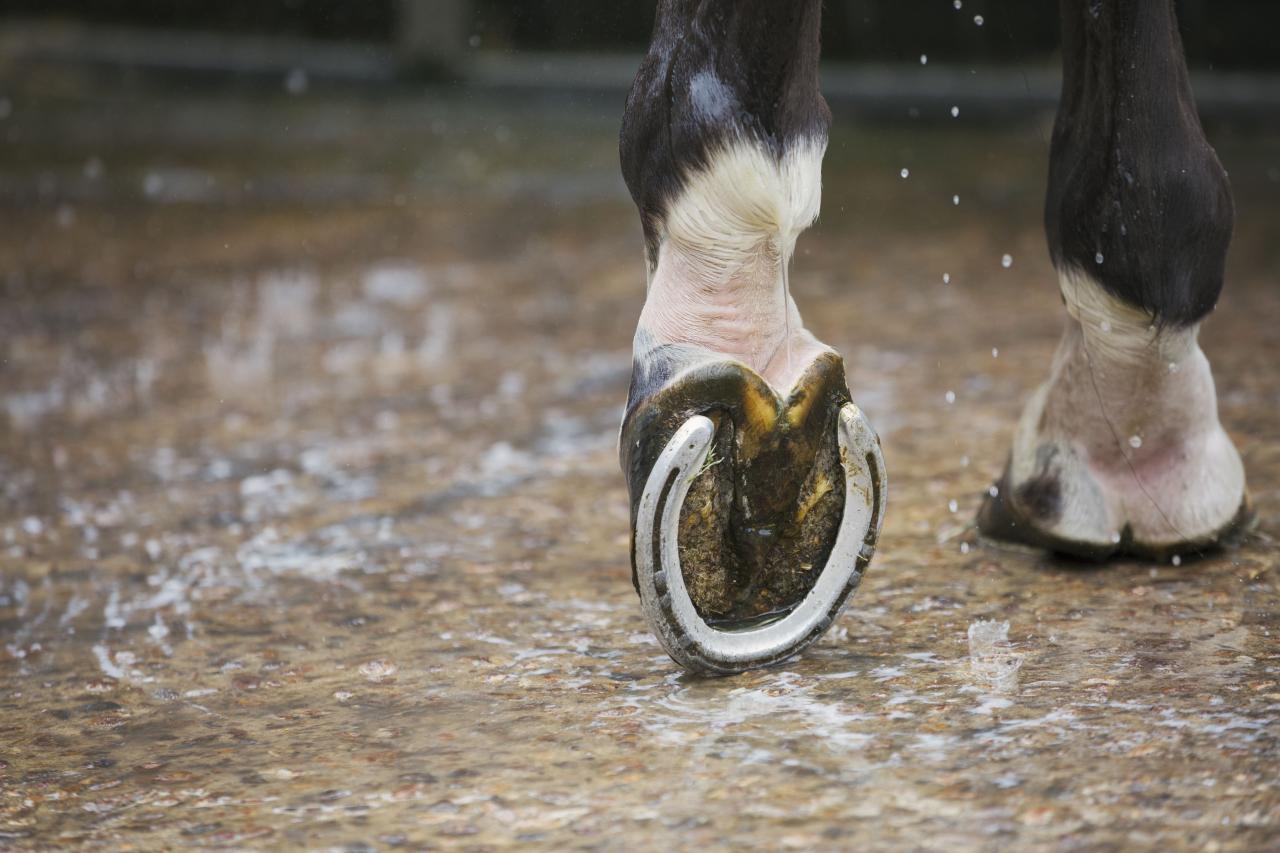
The horse shoe, once a simple tool, has transcended its practical function to become a symbol of enduring power, good luck, and the enduring bond between humans and horses. From its origins in ancient times to its modern-day uses in equestrian sports and beyond, the horse shoe continues to captivate our imaginations and inspire us with its history and symbolism.
Whether you’re a horse enthusiast, a history buff, or simply curious about the fascinating world of this iconic object, the horse shoe offers a glimpse into the rich tapestry of human culture and ingenuity.

